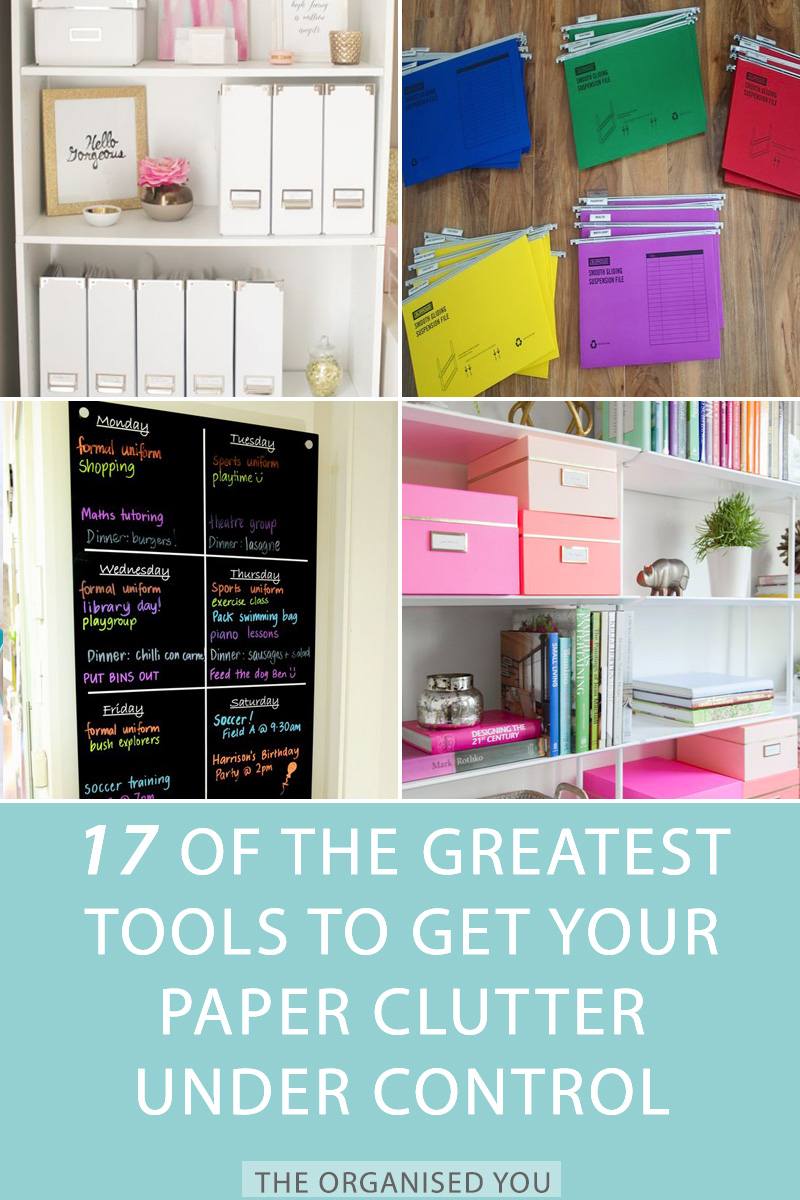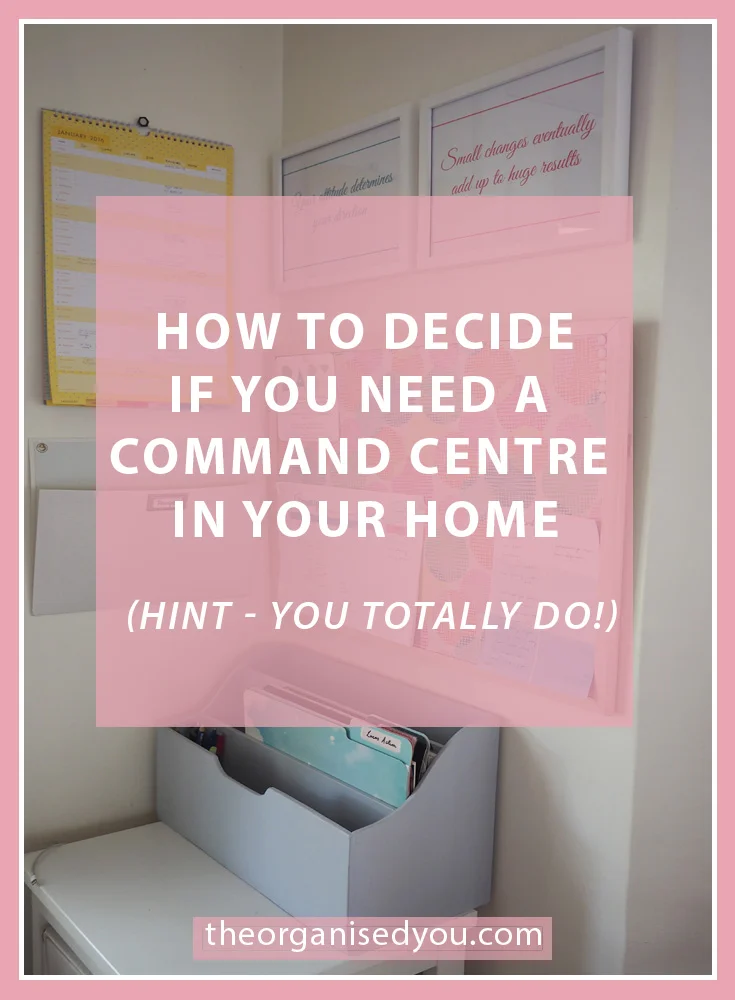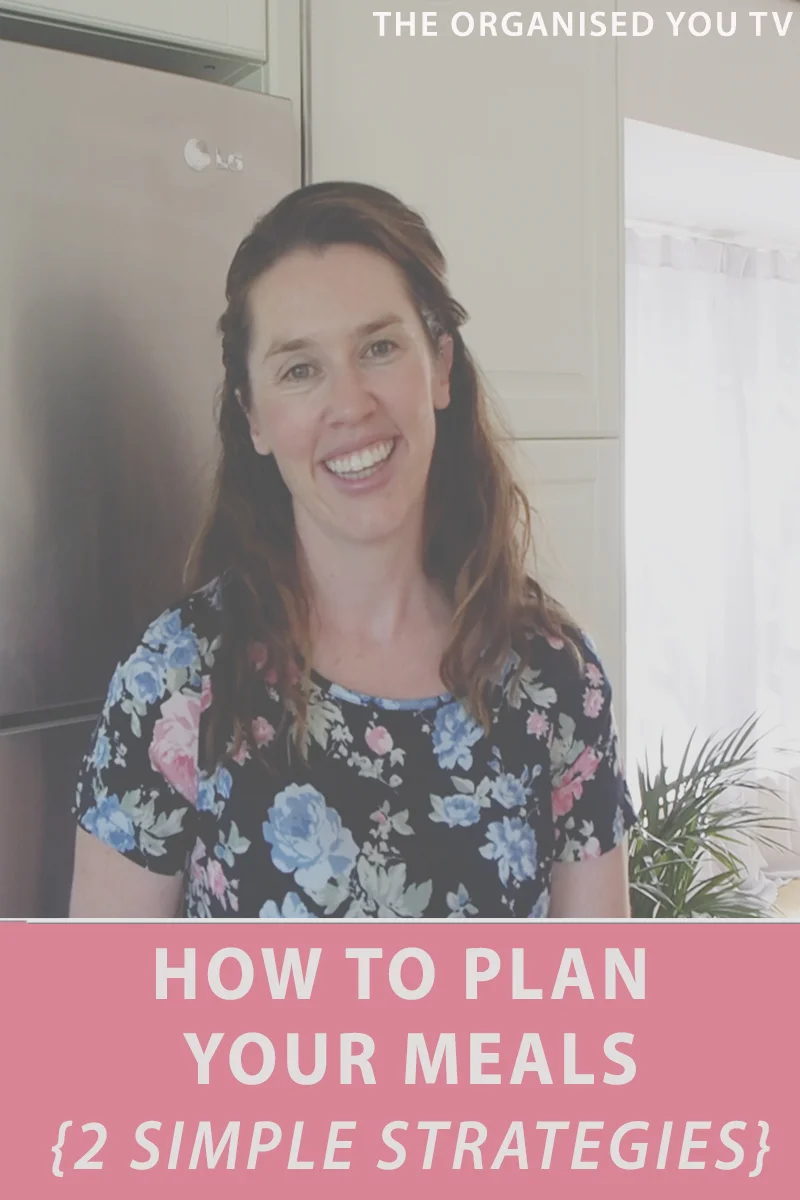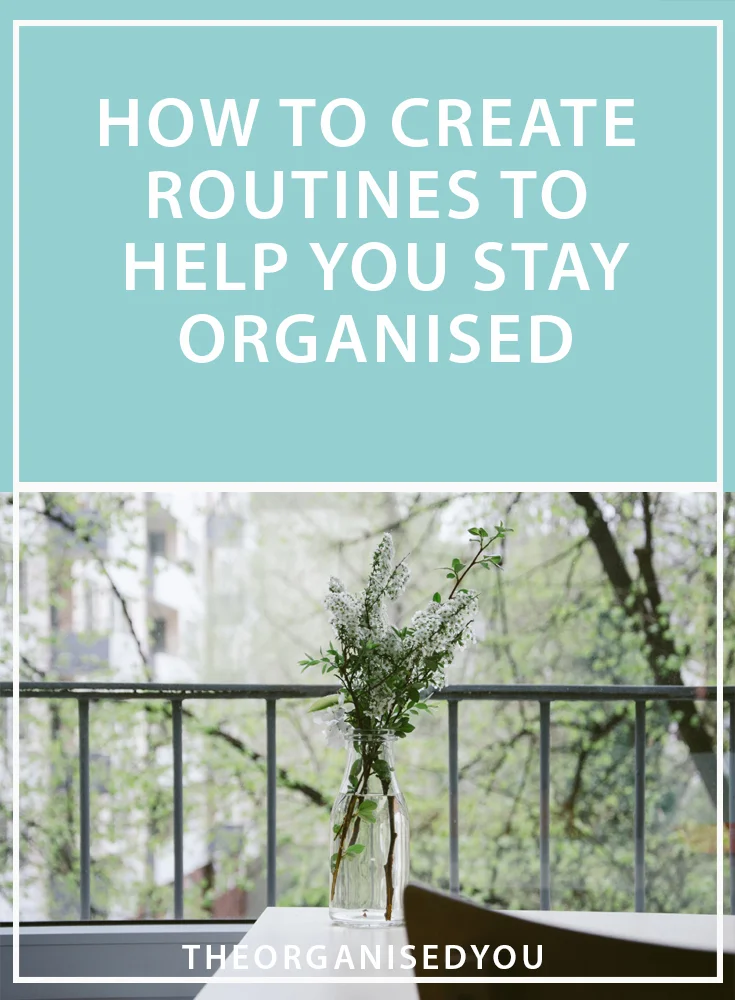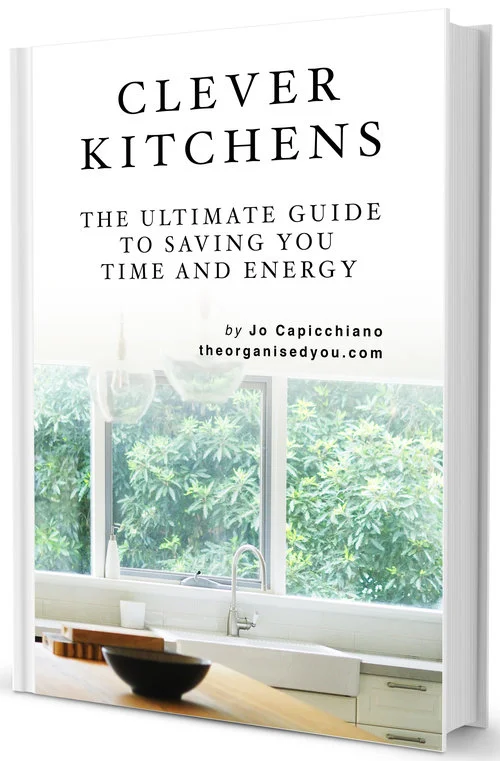If you're about to launch into an organising project - whether it's a big one such as decluttering and reorganising the laundry or home office, or a smaller one such as clearing out the fridge - having the right tools at hand will save you a lot of time and effort during the whole process.
Getting these tools ready to go before you actually start will help the organising and decluttering happen a lot faster, and you'll be encouraged to see the project through to completion. Tackling an organising project can be hard work, both physically and emotionally. A positive, can-do approach is essential, but so are the right tools. Here's a list of the most important ones...
1 | Notepad
Before you launch into a project, you need to jot down on a notepad exactly what is and isn’t working in the space (you can grab my handy project planner here). You can also create a wish-list of ideas for how you want the area to operate better. Doing this before you start will help keep you on track with any changes you're hoping to make.
A notepad is also handy for creating a quick visual plan for how you’ll set up the space differently - it doesn't have to be anything too complicated, but drawing what will go where gives you a clearer direction as you start reorganising.
2 | Cleaning supplies
Organising and decluttering can be messy work! Things that haven’t been touched in a while will probably be dusty or dirty, and you will be adding to the mess as you move things around. However, removing everything to sort and organise gives you the perfect chance to get it nice and clean!
Have your cleaning supplies on hand from the start of the project to save time. You'll probably need cloths for wiping and dusting, a scrubbing sponge for dirtier areas, a clean towel for drying surfaces before placing items back, a variety of surface sprays (e.g. glass, general-purpose, wood polish), and your vacuum-cleaner for those dust-balls lurking in the corners.
RELATED POST: How to make your own natural cleaning supplies {Video}
3 | Signs for decluttering - keep, donate, trash, recycle, sell, repair, archive
Labelled signs are a necessity for an effective decluttering project. These can be hand-written on large sheets of paper, or you may like to laminate a set so that you always have them on hand for organising projects.
As you’re sorting, you should place each item with the corresponding label (notice there's no ‘maybe’ sign!). This will help keep you on track, focussed and encourage you to make tough decisions quickly. You'll definitely the signs for bigger decluttering projects, such as sorting out whole rooms i.e. home office, kid's bedroom, garage. You may think you’ll remember which pile is which as you go, but there’d be nothing worse than putting all the ‘keep’ items accidentally in the donate bin!
4 | Garbage bags / bin liners
You’ll need a supply of garbage bags/bin liners on hand to hold items that you no longer want or need. Make sure the bag is clearly labelled (use a piece of masking tape on the bag) to avoid any accidents. I recommend putting items in black, or even coloured bags, as it means you'll be less likely to want to ‘re-check’ what you’re getting rid of. If they're in clear plastic bags, you may spot something you've been deliberating over and feel tempted to just quickly check back through, undoing all your hard work. Resist!
Garbage bags are also made from stronger plastic, so whether you're putting these bags into donation bins, handing them down to a friend/relative, or putting them straight into the trash, you definitely don't want to risk the bag splitting.
>> Want to learn the step-by-step process for tackling the decluttering of any space in your home? Check out my online course 'Chaos to Calm'! >>
5 | Sticky notes
Use sticky notes to create labels for categories as you're sorting out your 'keep' pile. Think about what categories would make the most sense to store together, then create separate piles with the sticky-note labels for quick and efficient categorizing. This could involve sorting paperwork categories, clothes groupings, toy categories etc. You could even use sticky-notes in place of the large decluttering signs, although they won't be quite as easy and clear to see.
RELATED POST: How to organise paperwork at home
6 | Washi tape
Washi tape is an alternative to the sticky-notes to quickly label-as-you-go. This tape easily peels off surfaces without leaving a sticky residue, and it won’t peel/fall off (like sticky notes can sometimes do). It can also be removed and re-stuck quite easily on most surfaces. You may even choose to use washi tape in the final labelling process, as there are many different colours you can choose from to create a great-looking label (go here to find a great range).
7 | Measuring tape
If you're planning on purchasing any new storage products to further organise a space once the decluttering is complete, then you'll need your measuring tape handy. This is an essential tool for ensuring the new product will fit in the space properly. The product should fit the space and the contents rather than trying to make the contents fit the product!
Be sure to measure the space twice, and note these numbers down (on your notepad or phone) - don't assume you'll remember the measurements! You'll need them for your shopping trip, so you can be absolutely sure you're purchasing the right-size product.
8 | Labelling machine and tape
A labeller is essential for maintaining the organisation and the new systems you have set up. Hand-held labelling machines are inexpensive and easy to use, and with clear and white labelling tape, you’re good to go.
9 | Labels
Unfortunately, printed labels and washi tape do not adhere to every surface or can peel off over time i.e. on fabric storage boxes, or in areas that are exposed to wet or warm conditions. You may need to make simple labels from card-stock or you can purchase ready-made labels from office supply stores. Laminating these will give them extra durability.
RELATED POST: A plan for organising
10 | Storage boxes
Storage boxes are a fantastic organising tool because they allow you to corral like items together, and neatly contain them, making everything look organised e.g. small toy collections, towels, books, car wash supplies etc. There are endless possibilities of basket types you could choose to use throughout your home - fabric, wicker, wire, woven, plastic, collapsible, mesh, lidded, divided. A storage box is a very versatile product.
RELATED POST: My top 10 favourite storage products
11 | Space
Although this is not a physical 'tool', having enough space to properly tackle any organising project really is a necessity. Most organising projects require you to spread out a lot of items as you sort and declutter, particularly if you are tackling a whole room or storage area. Choose a room in your home with the greatest amount of empty floor space in order to see all items clearly. This encourages you to make better decisions about what is staying vs going.











